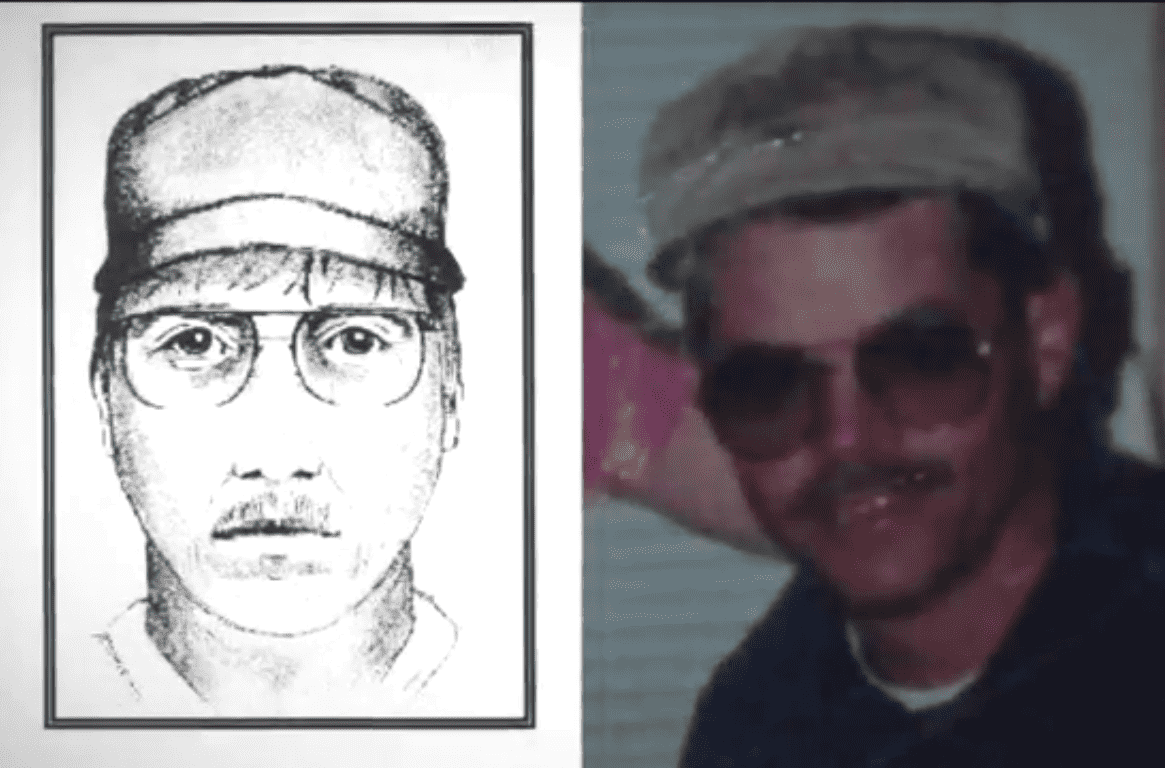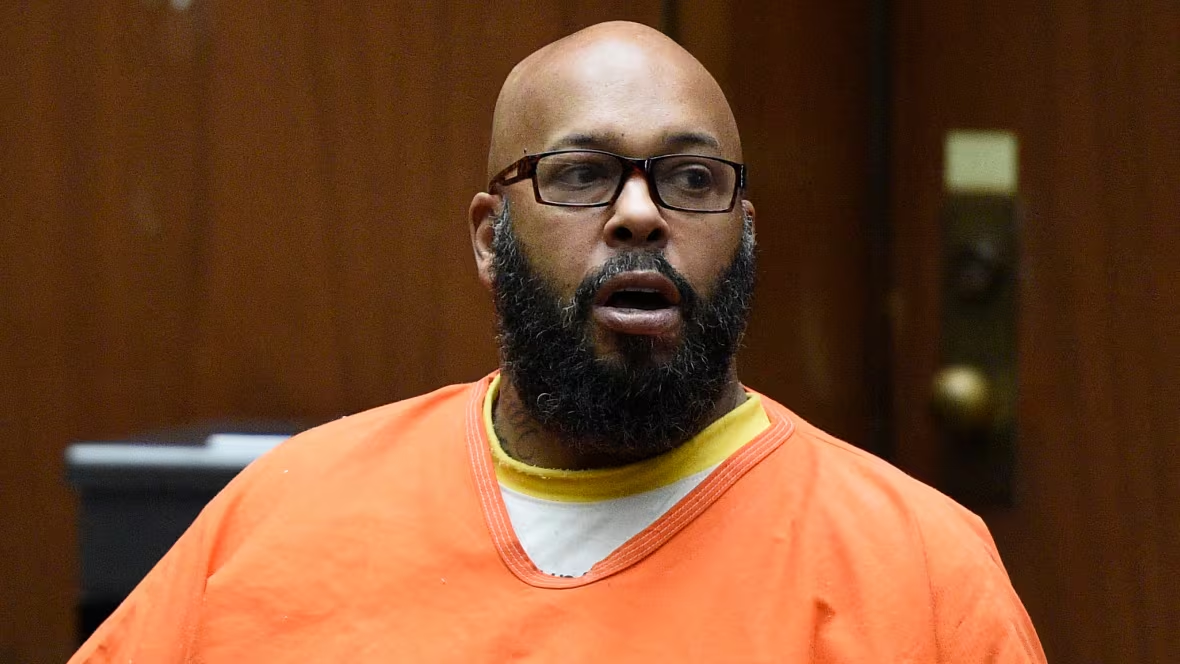Introduction
History often remembers not only the noble but also the vile, and Robert Eugene Brashers is etched among the latter. A man who cloaked himself in the fabric of ordinary life yet thrived on predation, Brashers carved a gruesome legacy that sprawled across state lines, leaving anguish that echoed for decades. His narrative is one of cruelty, overlooked warnings, fractured opportunities for intervention, and justice deferred until long after his death.
Who Was Robert Eugene Brashers?
Origins Draped in Shadows
Born in 1958, Brashers emerged from an unremarkable American family. To neighbors and colleagues, he seemed woven into the cloth of everyday existence—holding employment, nurturing relationships, and maintaining a disarming façade. Yet beneath that mask lay a man consumed by corruption and a hunger for control.
Temperament and Early Red Flags
Brashers carried the polished duplicity of many predators. His tongue could charm, but beneath it simmered volatility and a compulsion for domination. The faint glimmers of danger—largely dismissed—swelled into acts of unspeakable barbarity.
The Catalogue of Violence
First Known Violations
His initial transgressions were home intrusions bound to acts of sexual brutality. These trespasses escalated rapidly, evolving into a grim portfolio of assaults and murders that sprawled across borders.
Escalation of Cruelty
With each passing year, his savagery thickened. He did not merely assault; he infused terror, ensuring his victims and their kin carried wounds that scarred both flesh and memory.
Patterns of Predation
Manner and Modus
Brashers often crept into dwellings cloaked by midnight, brandishing steel and menace. His every strike bore threads of forethought, yet was cloaked in enough unpredictability to bewilder investigators.
Victim Selection
Women and young girls were the primary prey, frequently those left vulnerable by circumstance. His choices seemed less orchestrated by meticulous design and more governed by momentary opportunity.
Notorious Cases Tied to Brashers
Missouri Atrocities
Missouri bore some of his most harrowing deeds, where detectives first began to discern the dark cadence of his violence.
South Carolina Shadows
Later, forensic evidence stitched him to ghastly crimes in South Carolina, unmasking the breadth of his reach.
Other Suspected Arenas
Authorities believe his malevolent shadow spread beyond, yet not all threads have been conclusively woven back to his name.
Barriers for Law Enforcement
Forensic Limitations of the 1990s
At the peak of his rampage, forensic science still staggered in infancy. DNA technology existed, yet its precision was dim beside today’s clarity.
Cross-Border Prowling
His nomadic passage across state lines fractured investigations, as isolated agencies worked apart, leaving corridors through which he roamed unchallenged.
The DNA Awakening
Cold Cases Stirring
Years later, genetic science rekindled dormant files. Evidence once murky became luminous, reshaping the narrative of guilt.
Breakthroughs Unveiled
By 2018, forensic genealogy unveiled an undeniable tether between Brashers and a lattice of unsolved cases, silencing remnants of doubt.
Final Chapter and Death
Collision with Law Enforcement
In 1999, the inevitable arrived. In Kennett, Missouri, his existence collided with law enforcement in a charged confrontation.
Suicide Over Surrender
Rather than endure trial, Brashers extinguished himself with a bullet. In that instant, he deprived survivors and kin of the reckoning they sought.
Echoes After His Demise
Enduring Wounds
For nearly two decades, families languished in uncertainty. His self-destruction robbed them of a courtroom confrontation.
Families’ Relentless Pursuit
Even after his demise, loved ones pressed forward. Their persistence ensured science would eventually pierce the shroud he left behind.
DNA’s Revelation of 2018
When genetic genealogy declared his culpability, shadows lifted. Truth surfaced, long concealed beneath silence.
Toll on Survivors and Kin
For kin, the revelation was double-edged. Certainty brought resolution, yet decades of anguish remained untouched.
Lessons for Justice
His saga underscored the necessity of interagency concord and the might of modern forensic science. These lessons have reshaped the blueprint for cold case investigations.
Residual Fear
Communities scarred by his rampage still recall the pervasive dread he birthed. His legacy lingers as a somber reminder of hidden predators.
Public Obsession
His tale continues to enthrall through documentaries, podcasts, and crime series. The fusion of brutality, self-destruction, and eventual unmasking still grips public consciousness.
Conclusion
Robert Eugene Brashers lived a fractured existence—ordinary in veneer, monstrous in truth. Though he evaded earthly justice by ending his own life, science finally unmasked his guilt. His chronicle stands as a testament to humanity’s shadowed corners and the triumph of persistence and forensic advancement.
FAQs
- Who was Robert Eugene Brashers?
A serial predator and suspected killer whose crimes in the 1980s and 1990s were later confirmed by modern genetic testing. - How was Brashers identified?
In 2018, forensic genealogy irrefutably tied him to multiple cold cases. - Did he face trial?
No. He ended his life in 1999 during a police standoff, avoiding prosecution. - Where did his crimes unfold?
Primarily Missouri and South Carolina, though he is suspected in other territories. - Why does his case endure today?
Because it reveals the transformative strength of DNA science in resurrecting justice and granting long-delayed closure.




I wanted to thank you for this great read!! I definitely enjoying every little bit of it I have you bookmarked to check out new stuff you post…